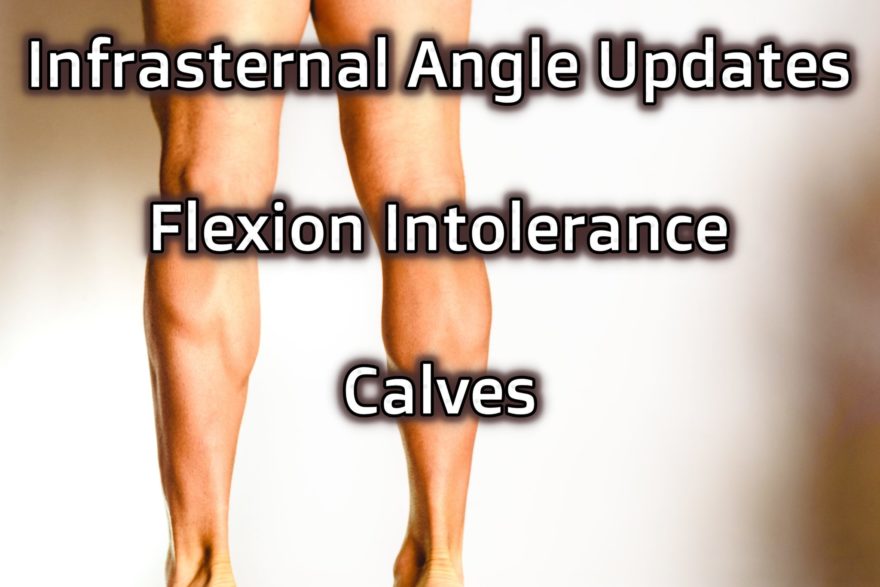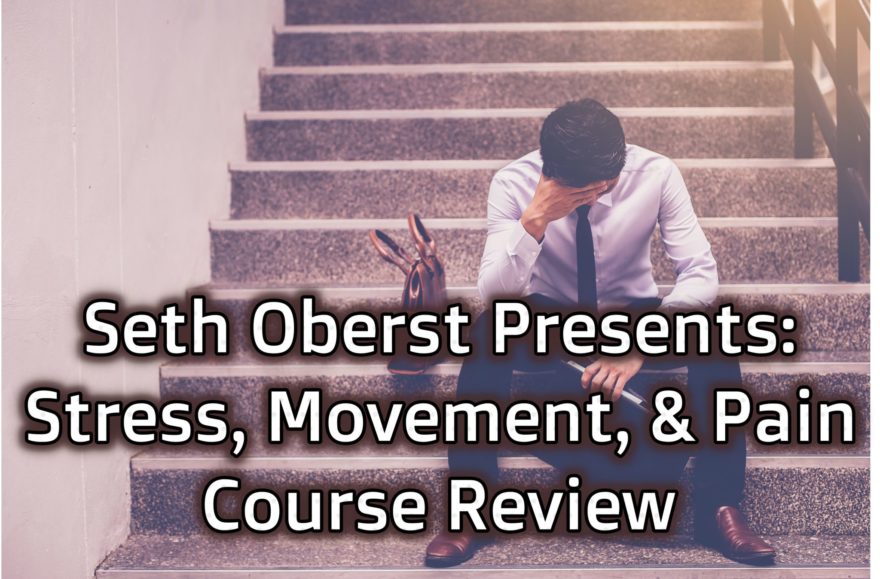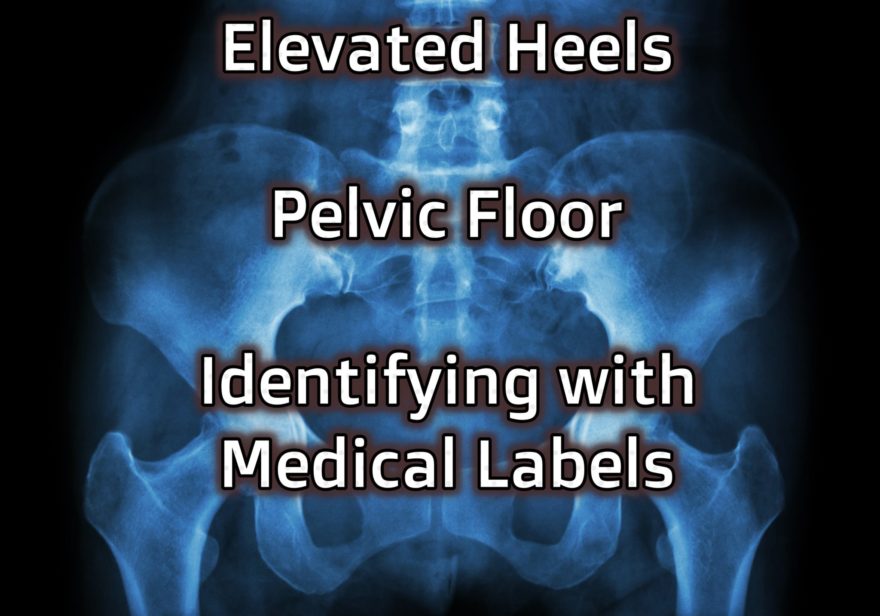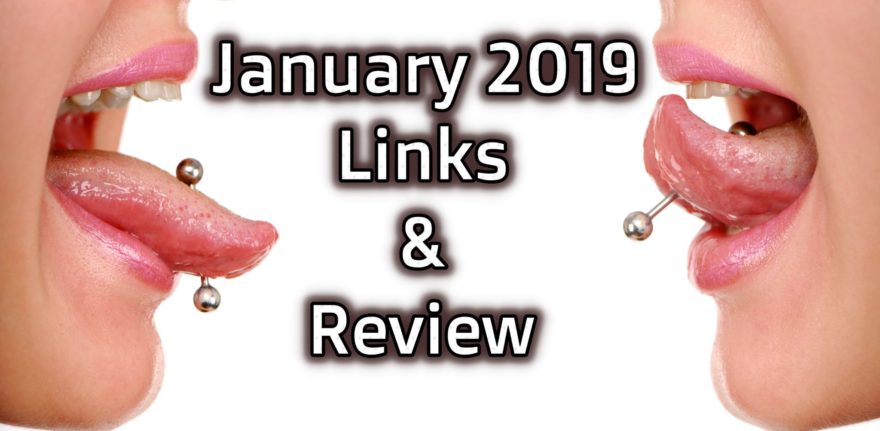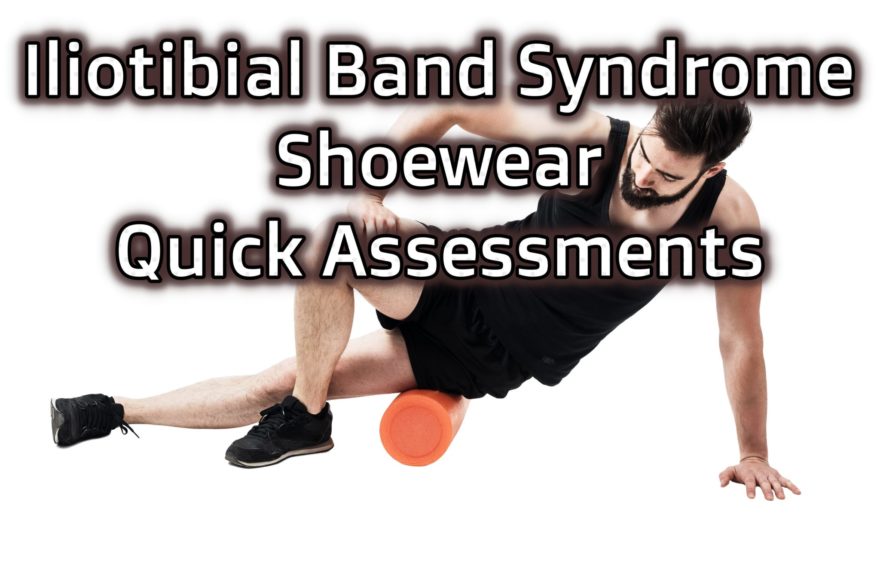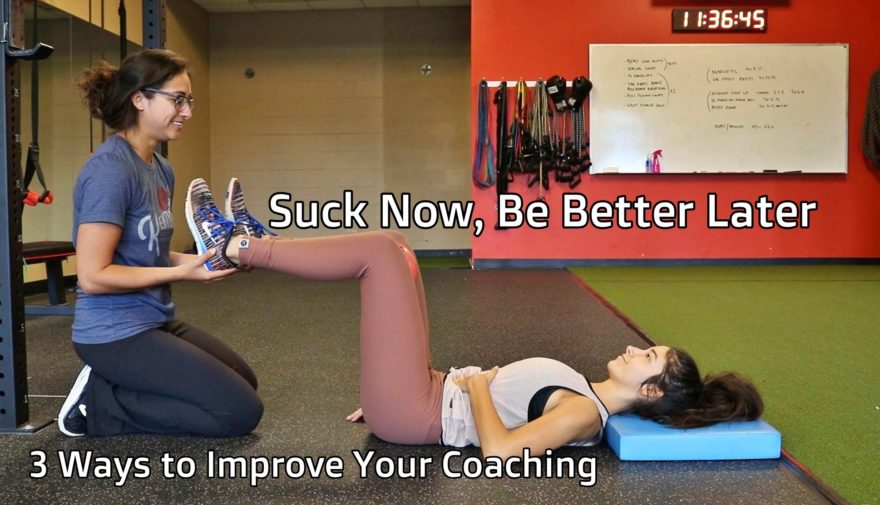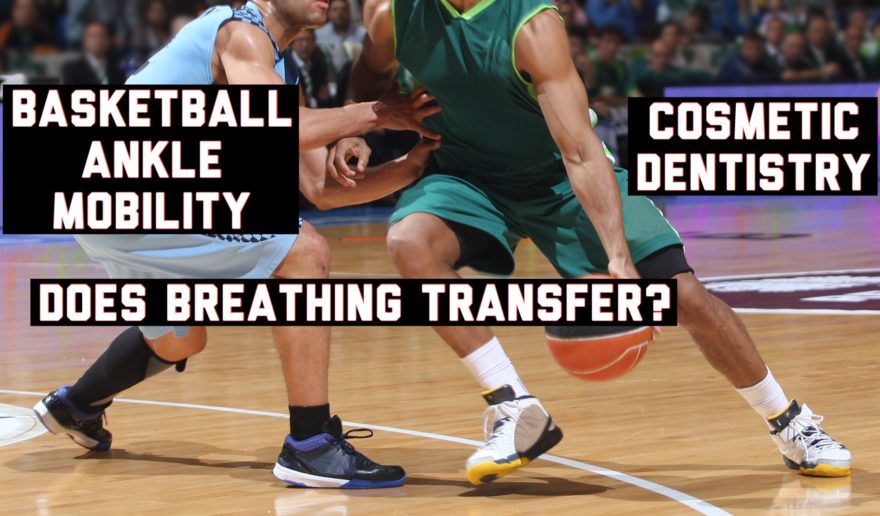Antifragility is beyond resilience or robustness. The resilient resists shocks and stays the same; the antifragile gets better. ~ Nassim Taleb, “Antifragile” That was the crux of the The Revolution: A Deep Dive into Antifragility. How do we, as health and fitness professionals, help our clientele improve with the stressors we impart? How do we take clients from various starting points—be it an immobile person in persistent pain, a complete beginner, or a high level athlete—and push them towards their goals? That’s what made this experience unique, as the three presenters, Seth Oberst, myself, and Pat Davidson, sought to create a continuum. For Seth, it was starting with the most fragile. Pat’s goal was to push performance to the highest level, to not survive, but thrive. While I aimed to be the middle ground; establishing the principles of movement common amongst all people. And I want to share the highlights with you. While biased, I thought this was a unique experience. Though we all came at the deep dive from different angles, there were many commonalities shared. Enjoy! Self Regulation – Seth Oberst As mentioned in a previous post, self regulation is the intrinsic ability to response to internal/external stressors with an efficient range of responses. There are three keys to demonstrating self-regulatory capabilities: Differentiating safety vs danger Responsivity Completion (Resolving the situation). Trauma, an unresolved defense pattern, negatively impacts these keys. To remedy this situation, we must reestablish each of these areas in a manner that promotes self-regulation. Providing
Read More
